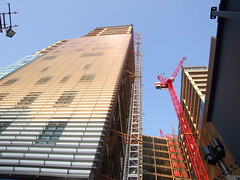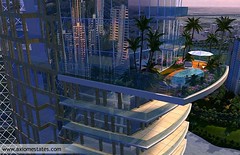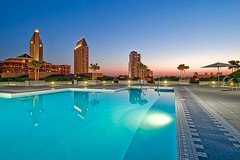
Photo by wilhei55 The real estate market is encouraged by price correction and low interest rates after few months of slump. The improvement is visible in residential sector, especially in low to mid-end housing segment. Level of enquiries went up and transaction velocity increased marginally as compared to first quarter of this yeaer. Most developers deferred plans for launching any new projects, the focus being on deploying the scarce resources on completing projects in hand.
-
Pages
-
Categories
-
Tags
Affordable Housing Ahmedabad Bangalore Bank Of India Chennai Commercial Projects Commercial Real Estate Credai delhi Developers DLF Gurgaon Home Loans Housing Projects Hyderabad India Indian real estate Infrastructure Investment Investors Jones Lang Lasalle Kolkata Managing Director Market Mumbai Ncr New Delhi noida Private Equity Property Pune RBI Real Estate Real Estate Developer Real Estate Developers Real Estate Investment Real Estate Market Real Estate Sector Realty Market Reserve Bank Of India Residential Project Residential Projects Slowdown Special Economic Zone Unitech







